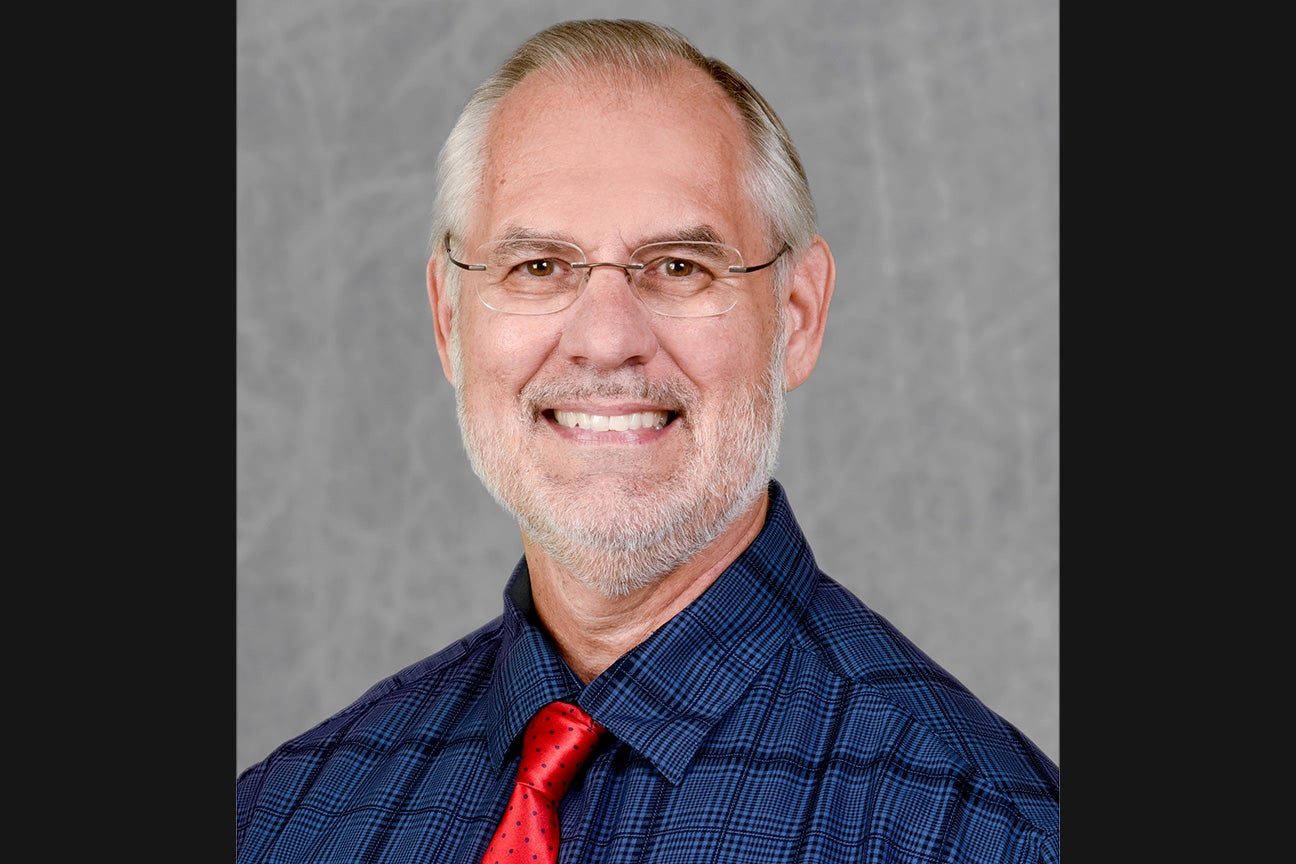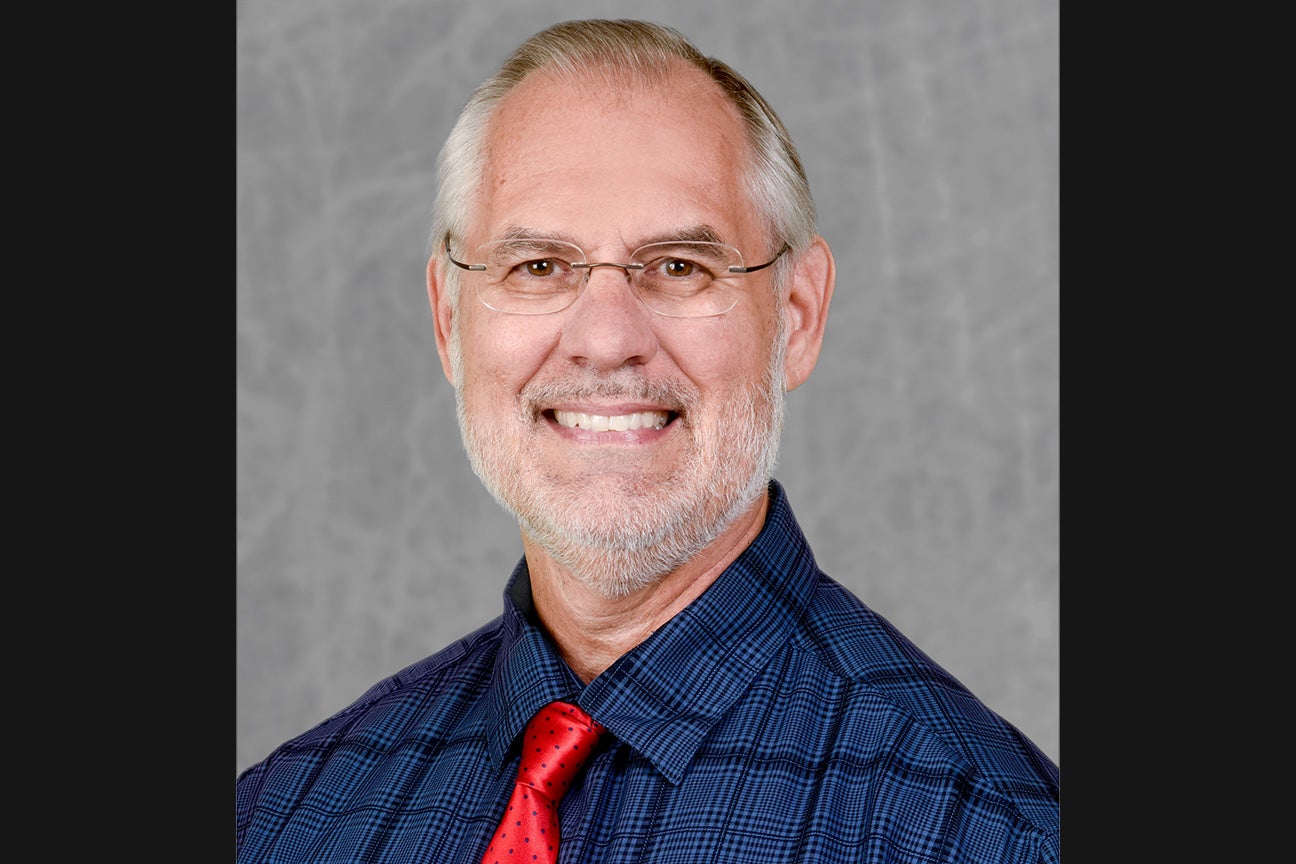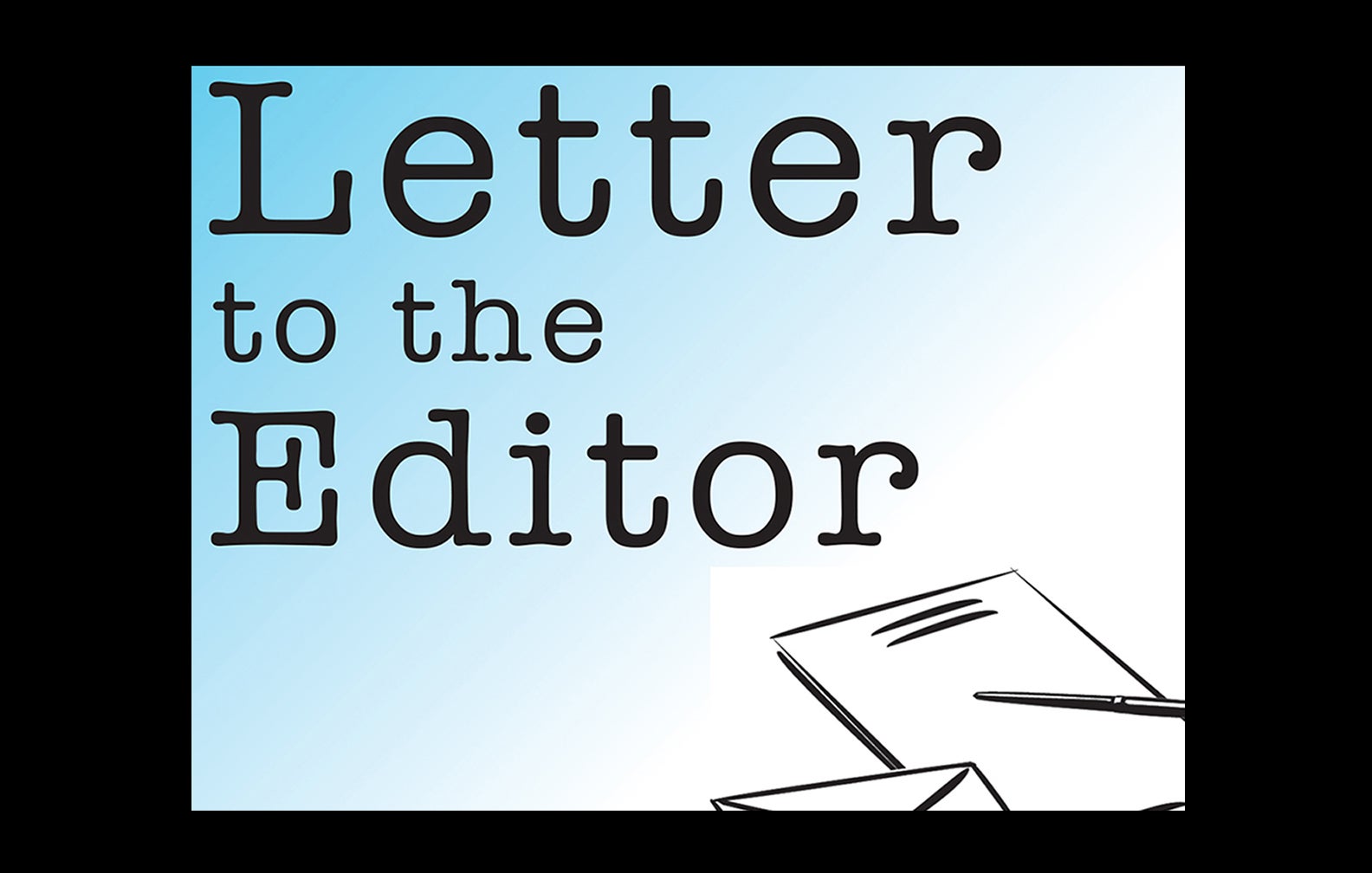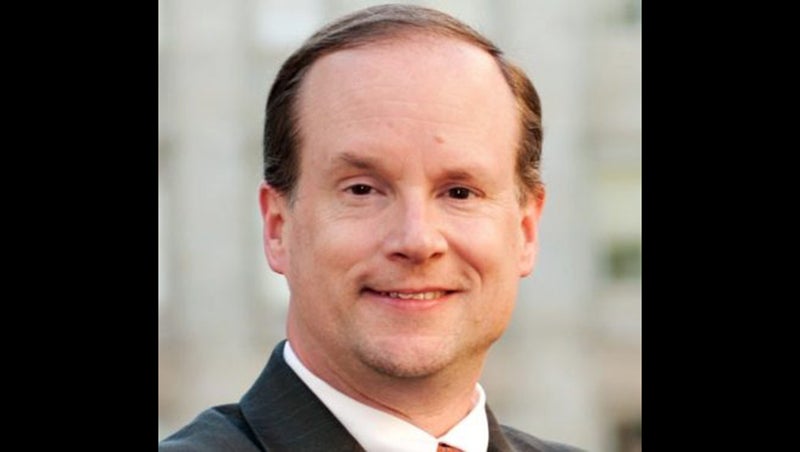You Decide: What went right to prevent the 2023 recession?
Published 10:15 am Monday, February 19, 2024

- Dr. Mike Walden
|
Getting your Trinity Audio player ready...
|
By Mike Walden
The 2023 economy ended with a bang. In the last three months of the year, real gross domestic product — meaning the value of everything produced in the economy after adjusting for inflation — rose a respectable 3.3% on an annualized basis. For the entire year, real gross domestic product increased 2.5%, higher than in 2022 and exactly the same as in 2019. The jobless rate also remained under 4% in 2023.
Yet a year ago, the majority of economists — including this one — predicted that 2023 would be a difficult year, likely culminating in a recession. In a recession, real gross domestic product falls and typically the unemployment rate rises. Obviously, this didn’t happen in 2023. As a result, 2023 was a big “miss” by economists.
So what was so right about the 2023 economy, and what was so wrong with many economists’ predictions? And why were economists so pessimistic about 2023 to begin with?
The simple answer is history. The Federal Reserve, the central bank of the country and typically simply called the Fed, is the key institution behind efforts to moderate inflation. As we all know, in recent years the inflation rate has reached levels not seen in 40 years. When this happens, the Fed uses its powers over interest rates and the money supply to slow down spending, thereby taking the pressure off prices and leading to a more normal inflation rate.
The Fed does this by raising interest rates and pulling money out of the economy. In the last two years, the Fed raised its key interest rate to the highest level in 17 years, and it has reduced the money supply by almost a trillion dollars. The Fed’s efforts have paid off. After reaching an annual inflation rate of over 7% in 2022, the annual inflation rate is now 3.4%.
The problem is that such strong measures by the Fed usually result in a recession. Indeed, since World War II there’s only been one exception.
Another factor driving economists’ 2023 predictions of a bad economy was the path of oil prices in 2022. For most of the year oil prices rose, partially due to the ongoing war in Ukraine. Since oil is such a key factor in the economy, higher prices for oil and its derivatives can often spark an economic slowdown or an outright recession.
A third factor was business costs, especially for workers. The pandemic dramatically changed the labor market, ultimately resulting in significant increases in labor costs. Indeed, in 2021 and 2022 labor costs increased at their most rapid pace in almost 50 years. The logical conclusion was businesses would eventually need to reduce their labor force to pare overall costs. Laying off workers would increase unemployment and decrease household income, both ingredients that often create a recession.
But now we know none of these factors led to a recession. Jobs have continued to expand and unemployment has remained low. Oil prices peaked in 2022 and today are lower than when the war in Ukraine started. And despite the efforts of the Fed, consumers are still spending more.
What happened to upend the dire predictions? World oil supplies actually increased in 2023, mainly due to record U.S. oil production and Russia’s ability to work around sanctions to find buyers for its oil. Despite rising labor costs, businesses continued to hire. And amazingly, consumers bought more and more.
It’s the last factor — consumer spending — that is the key, since that spending accounts for 70% of economic activity. A drop in consumer spending leads economies into a recession. For example, consumer spending fell 7% in the COVID-19 recession and declined 3% in the “subprime” recession of 2008-09. In 2023, consumers spent 5% more. As consumers spent, companies sold more, and as companies sold more, additional workers were hired. This reinforcing circle kept the economy going. The typical script when the Fed raises interest rates wasn’t followed by the economic actors. And — unfortunately for their forecasts — economists were expecting the typical script.
How were consumers able to defy the odds and keep spending in 2023? Simple: They were able to draw down on COVID money injected into the economy in 2020 and 2021. Estimates indicate households had excess savings of over half a trillion dollars during those years, thanks to several federal stimulus programs and a lack of spending opportunities while COVID rules were still in place. Then, with the economy largely open in 2022 and 2023, consumers tapped those funds to propel buying. With the savings surplus almost depleted near the end of 2023, consumers supplemented their spending with borrowing. However, debt payments and delinquencies on those loans have only recently approached pre-pandemic levels.
The big mistake economists made was not recognizing how COVID and the federal government’s reactions to the pandemic would change the traditional economic rules. Never before has the government intervened so quickly and so massively to deal with an economic crisis as it did with COVID. Over $6.5 trillion, equal to $20,000 per person, was rapidly pushed into the economy during 2020 and 2021. Much of it went to households so they could maintain their lifestyles during this traumatic and uncertain period.
The question for 2024 is, are we now back to the traditional economic rules? With COVID-induced spending now in the past, will economists’ forecasts of no recession in 2024 now be accurate? Or has the economics profession missed something else that will also make this rosy prediction wrong? You decide.
Mike Walden is a William Neal Reynolds Distinguished Professor Emeritus at North Carolina State University.
READ ABOUT NEWS AND EVENTS HERE.
SUBSCRIBE TO THE COASTLAND TIMES TODAY!






